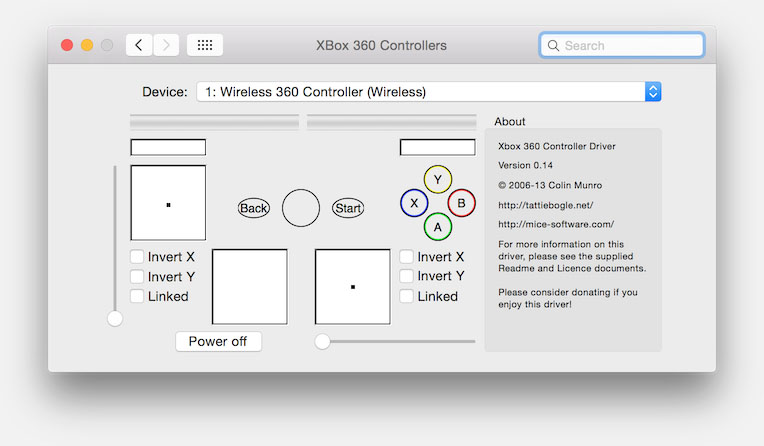Upgrade To Avast For Mac 10.12.5
Hi, Does the automate.eGPU.sh still work well with Sierra 10.12.5? Avast Security (for Mac) delivers effective malware protection along with unusual bonus features. Phishing protection only works well in Chrome and Firefox, but this free utility is still worth a.
The macOS 10.12.5 is the fifth upgrade for the Sierra and the last one added new features including the Night Shift mode. The update should appear on your App Store and will mostly be updated on. About the macOS Sierra 10.12.5 Update This update is recommended for all macOS Sierra users. The macOS Sierra 10.12.5 Update improves the stability, compatibility, and security of your Mac, and is recommended for all users.
Can i buy word for mac separately. If I purchase a computer without no Office products installed, can I purchase Excel, Word and perhaps Access separately? Or do I need to buy at least one Office package, namely Office Home and Student, which gets me Excel and Word, then buy Access separately? Read More you can buy: Home & Student ($150) which has Word, Excel, PowerPoint, and OneNote; Home & Business ($230) which has that plus Outlook; and Professional ($400) which has that plus Publisher and Access. Mac users can only get the $150 package at this time.

Updating to 10.12.4 via the mac app store or delta or combo updater will not update the recovery partition. However for many years since 10.7.2 we have been able to update it for EVERY point release using the method I describe below - and 10.12.4 is no exception. Also with 10.12.4 there is a new functionality of macOS Recovery: Command-R: Reinstall the latest macOS that was installed on your Mac, without upgrading to a later version.
Option-Command-R: Upgrade to the latest macOS that is compatible with your Mac. (whereas for previous versions this reinstalls the macOS that came with your Mac, or the version closest to it that is still available.) Shift-Option-Command-R: Reinstall the macOS that came with your Mac, or the version closest to it that is still available. More documentation on this change to macOS Recovery with the 10.12.4 version is here: So here is how to update the sierra recovery partition to a 10.12.4 version: 1. Download the Lion Recovery Update from. Put it into the downloads folder if it is not there already.
Download the full Sierra 10.12.4 installer from the mac app store and right click on the Install macOS Sierra.app file and click Show Package Contents. Go to Contents/SharedSupport/. Copy the InstallESD.dmg file into your Downloads folder. Download and decompress the file recovery.sh.zip from and move recovery.sh into your Downloads folder if it's not there already. Open Terminal and type the following commands: chmod +x ~/Downloads/recovery.sh sudo ~/Downloads/recovery.sh 5. Wait a few minutes for it to finish and return back to a prompt.
Reboot with holding down the option key to test your 10.12.4 recovery partition. Here are before and after photos: Before: After. Also with 10.12.4 there is a new functionality of macOS Recovery: Command-R: Reinstall the latest macOS that was installed on your Mac, without upgrading to a later version. Option-Command-R: Upgrade to the latest macOS that is compatible with your Mac. (whereas for previous versions this reinstalls the macOS that came with your Mac, or the version closest to it that is still available.) Shift-Option-Command-R: Reinstall the macOS that came with your Mac, or the version closest to it that is still available. More documentation on this change to macOS Recovery with the 10.12.4 version is here. Click to expand.Yes well of those three key combinations only the first one, i.e., Command-R, boots up the recovery partition which is currently installed on your computer.
It is this one which can be updated to a 10.12.4 version using the method I wrote about in the first post in this thread. The other two, Option-Command-R and Shift-Option-Command-R are two different versions of internet recovery, the former being to install the latest version supported by the mac and the latter to install the version which came with the mac, or the one closest to it which is still available. Both of these would work independently of whether the recovery partition had been updated or not. Click to expand.The main partition doesn't take up the entire SSD. There is a recovery partition which is usually invisible to Disk Utility.
Nevertheless you can make it visible in Terminal. Mac ios for pc. Just type the following command in terminal and you will be given infomation on your partitions, including the recovery partition: diskutil list Furthermore you can mount it as follows: diskutil mount /dev/disk0s3 (or instead of disk0s3, if your Recovery HD has a different identifier as reported in the previous command, use that instead).
The main partition doesn't take up the entire SSD. There is a recovery partition which is usually invisible to Disk Utility. Nevertheless you can make it visible in Terminal. Just type the following command in terminal and you will be given infomation on your partitions, including the recovery partition: diskutil list Furthermore you can mount it as follows: diskutil mount /dev/disk0s3 (or instead of disk0s3, if your Recovery HD has a different identifier as reported in the previous command, use that instead). Click to expand. Edit: Tywebb13 got his post above in while I was typing in the dark! And his solution is better!